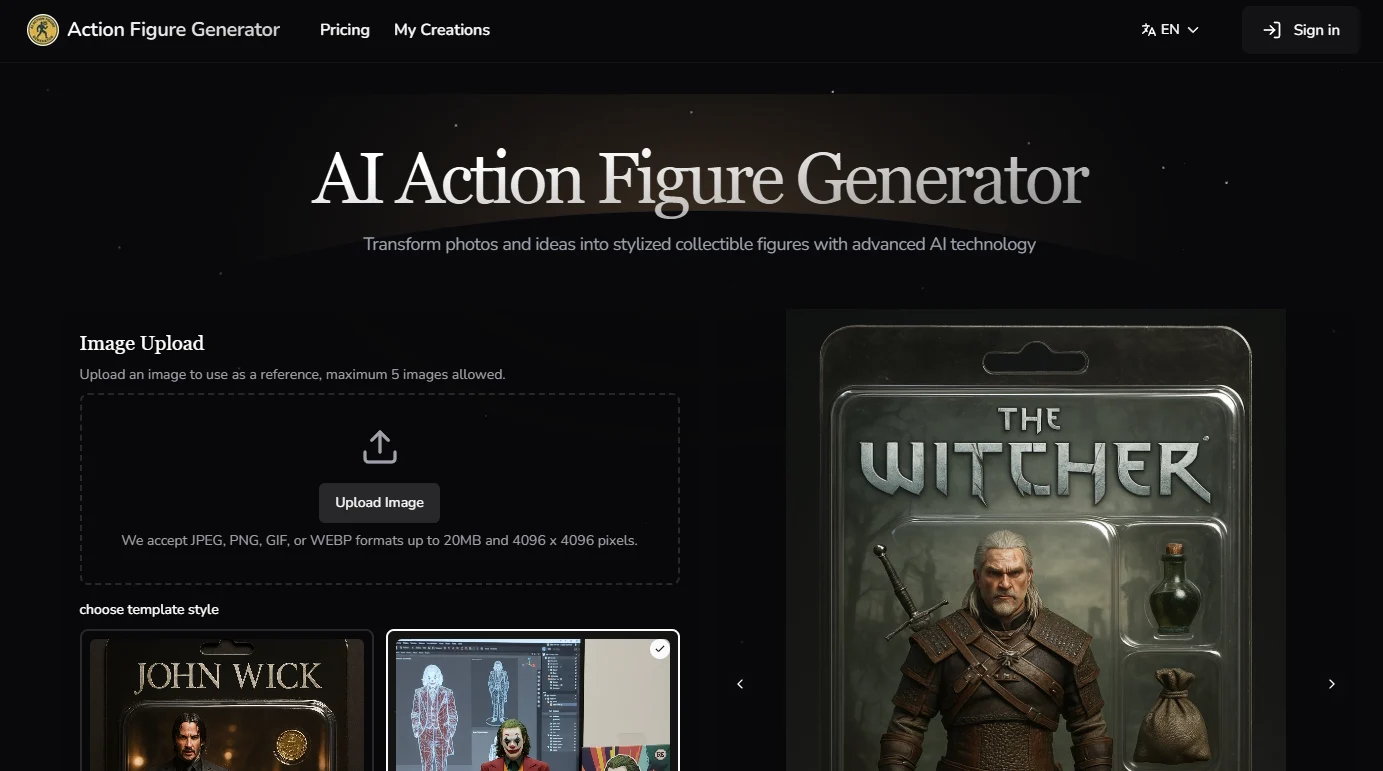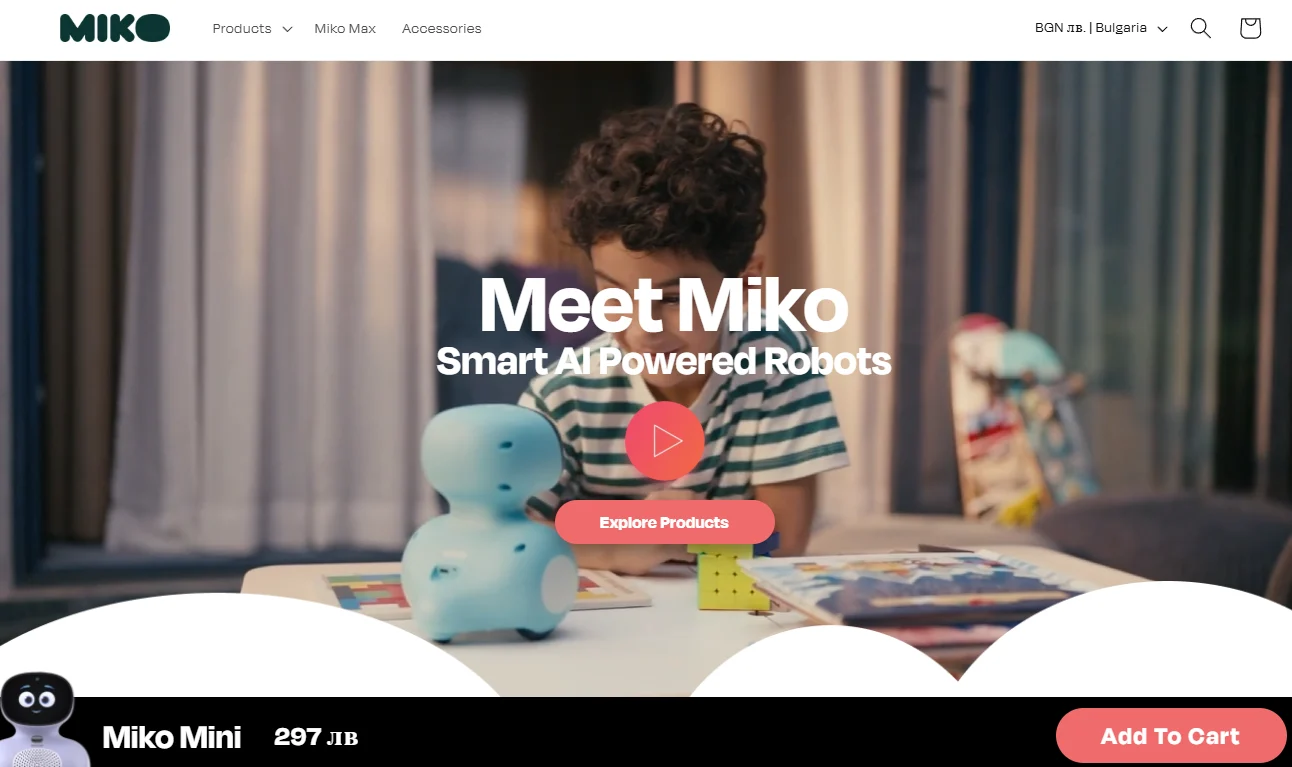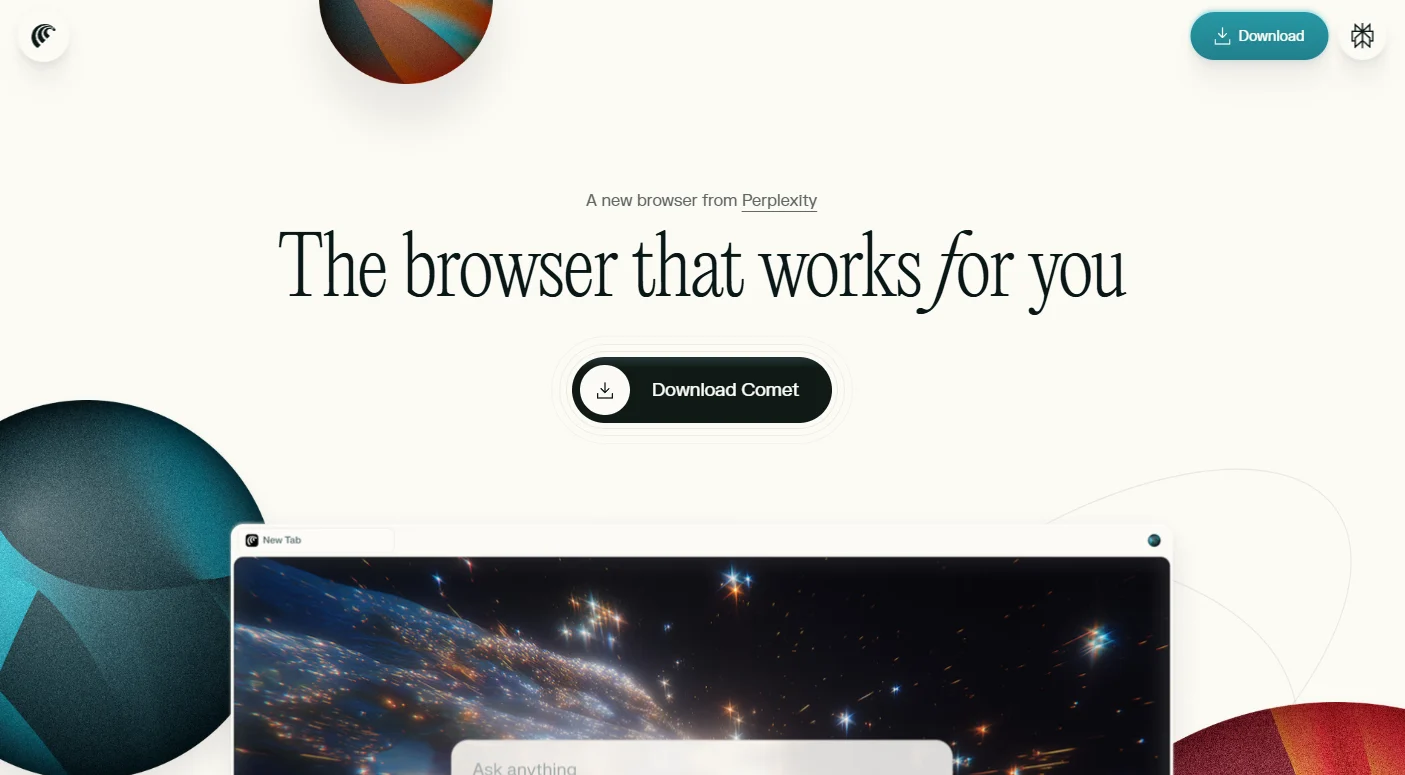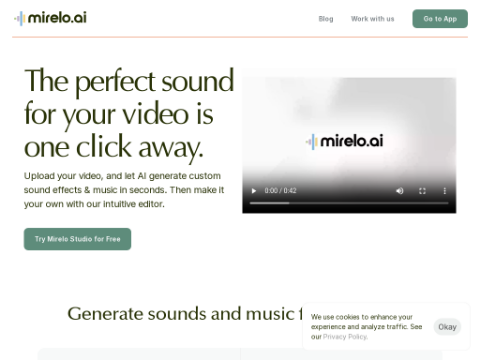Google's HeAR Model Now Open to Health Researchers via Cloud API
Google has announced that its groundbreaking artificial intelligence system, Health Acoustic Representations (HeAR), which is used to analyze health-related sounds, is now available to researchers through the Google Cloud API. This is an important step towards potentially revolutionizing various health screening, diagnosis, and monitoring methods using artificial intelligence.
The HeAR model was first introduced in a research paper earlier this year, aiming to extract valuable health insights from acoustic data such as coughing and breathing sounds, which may indicate diseases such as tuberculosis (TB) or chronic obstructive pulmonary disease (COPD). The model was trained on a large dataset containing 313 million two-second audio clips, enabling it to identify complex patterns in health-related sounds.
Researchers have found that the HeAR model outperforms other models in various tasks, demonstrating its exceptional ability to capture meaningful patterns in health-related acoustic data. Importantly, models trained using HeAR achieve high performance even with limited training data, which is a key advantage in medical research where data scarcity is often a challenge.
HeAR has a wide range of potential applications. For example, Salcit Technologies, an Indian respiratory health tech company, is exploring how to enhance its existing AI model, Swaasa, for early detection of tuberculosis based on cough sounds. This could have a particularly significant impact in areas with limited medical resources.
Sujay Kakarmath, the product manager of HeAR at Google Research, emphasized the potential of the model, stating, "Every missed case of tuberculosis is a tragedy; every late diagnosis is a heartbreak. Acoustic biomarkers have the potential to rewrite this reality."
The "Stop TB Partnership," organized by the United Nations, also supports this approach. Zhi Zhen Qin, a digital health expert from the organization, stated that solutions like HeAR "could open up new frontiers in tuberculosis screening and detection, providing a potentially low-impact, accessible tool for those who need it most."
The potential of HeAR extends beyond tuberculosis. With its ability to generalize across different microphones and environments, the model could drive low-cost and easily accessible screening for respiratory system diseases, marking an important step forward in acoustic health research. Google's goal is to make this technology widely available, supporting the global healthcare community in developing innovative solutions and breaking barriers in early diagnosis and treatment.
It is important to note that HeAR itself is not a diagnostic tool. It is a neural network that outputs low-dimensional embeddings for the most significant parts of captured health-related sounds. Researchers can use these embeddings to build and improve models specific to particular health conditions.
Researchers interested in HeAR can follow the instructions provided to access the API through Google Cloud.








